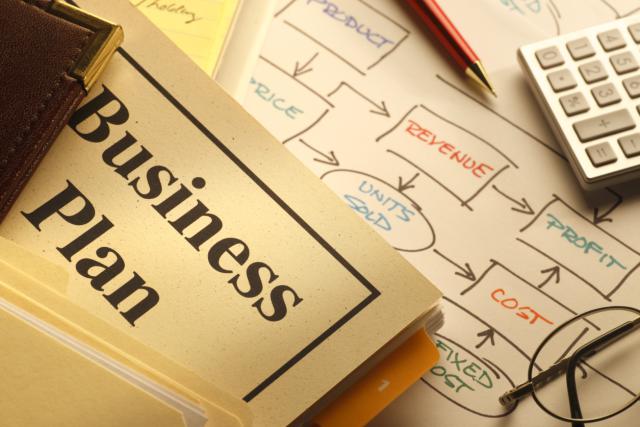Financial planning is a key part of any business plan. A new company starting up will need to assess its annual costs, such as those for staff, equipment, a marketing budget and tax, while an established company will need to use its past results to forecast the future.
A company can look at the previous year’s accounts to look at profit and loss, where the biggest expenses are, whether any savings can be made and what profits are expected for the following year. It is certainly worthwhile spending time on the financial plan, as it can highlight successes as well as any potential problems.
The plan will also show whether you need to invest in new equipment or to finance any expansion plans. If you need finance for equipment or vehicles, you can contact a finance company such as Credo Asset Finance.

So What Should Go into the Financial Plan?
Once a firm has settled on its objectives and vision for the following year or more, it will need to look at how to achieve them.
This is where the financial plan comes into play. It provides a time frame for the objectives as well as listing the resources needed and the cost to achieve those goals, such as labour, equipment or marketing. It also means setting up a budget and pinpointing any potential risks to meeting the company’s objectives.
The business plan will help a company manage its cash flow better or highlight areas which may need financing. A company such as Credo Asset Finance can give advice on funding at competitive rates.
You can use templates or software to help with the financial plan. Firstly, you will need to decide what the overall objective is and then break this down into stages. This could be research, design, production, marketing or sponsorship, for example. Each stage will need a breakdown of costs such as time, man hours, labour costs, materials needed and marketing costs.
You can then create a revenue model which can calculate revenue projections each month. You can build formulae into the spreadsheet so you can make different predictions. The model will need to include unit sales, number of customers and different prices for your products or services.
You can put in different units of sales to predict income, and you can also add in expected repeat business for existing customers.
You will need to include costs such as administration, rent, insurance and utilities as well as any new equipment you may need.
Reviewing the Financial Plan
Each month, review the financial plan to make sure you are on target. You may need to rethink your revenue model if sales are better – or worse – than expected.
Using a financial plan to forecast the next year, particularly if you are expanding, is the best way to keep expenses under control and stay within budget. If you need help with financing a project, a company such as Credo Asset Finance can help.










Comments are closed.